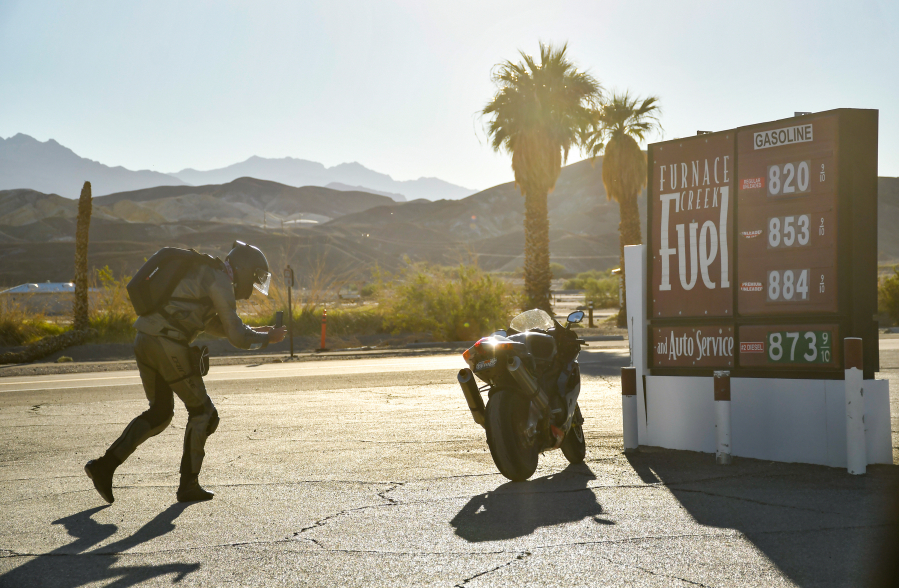LOS ANGELES — Death Valley is still wet. And only a fortunate few seem to be getting the best of it.
Two months after a storm that dropped a year’s rainfall in a single day, flooding roads, destroying trails and closing down the park, the national park’s Oct. 15 reopening revealed a strange place made stranger.
The famously flat and dry Badwater Basin now is home to a sprawling but temporary lake, visible from water’s edge and 5,575 feet above at Dante’s View.
Between sand dunes at Mesquite Flat, you might stumble on a puddle or a pond. In Mosaic and Golden canyons, where floodwaters surged in August, scattered boulders and silt have reshaped the narrow passages, hinting at violence just concluded. Across the plains and slopes, you see more green than usual and sometimes yellow and orange wildflowers, apparently blooming out of seasonal confusion.



